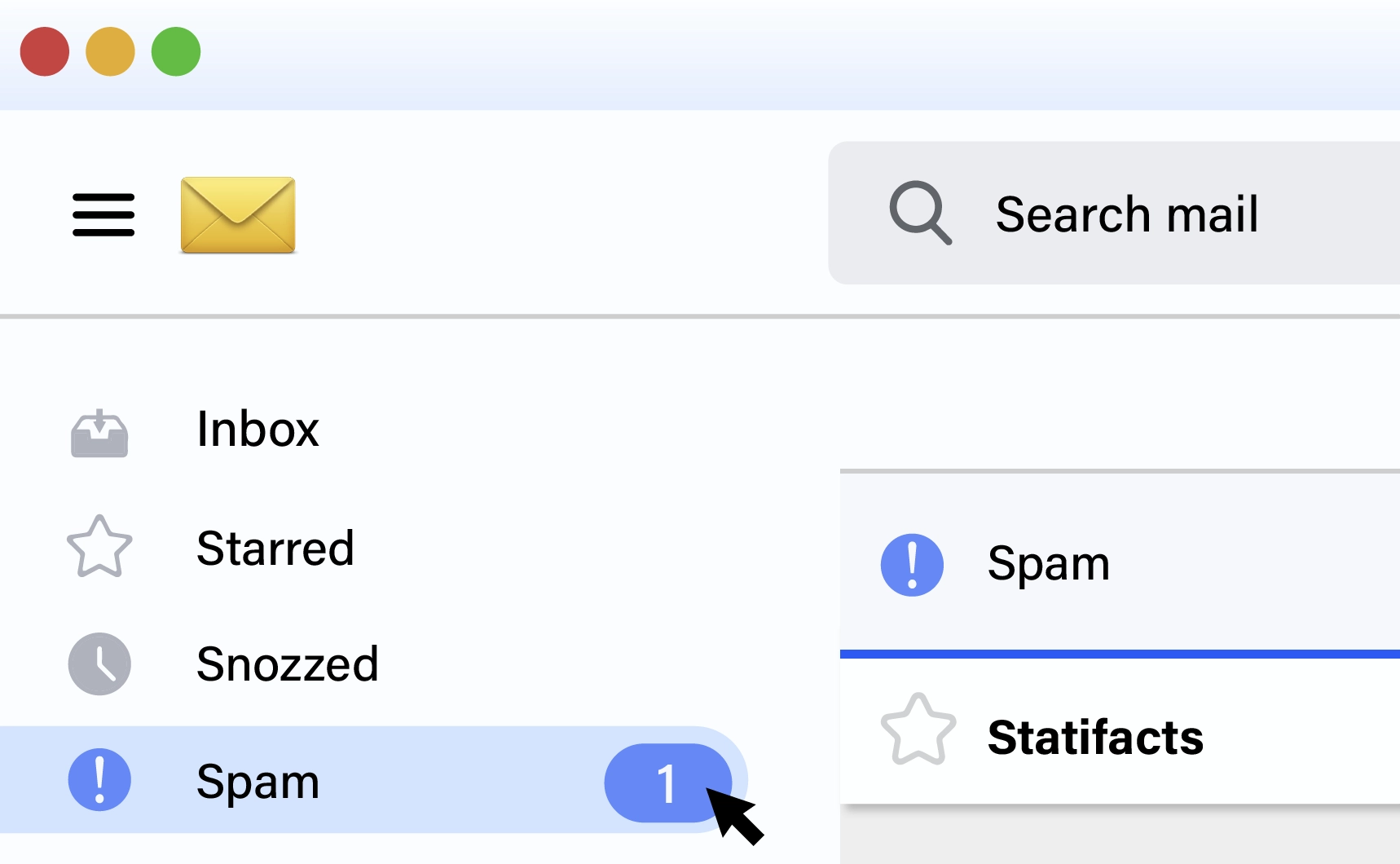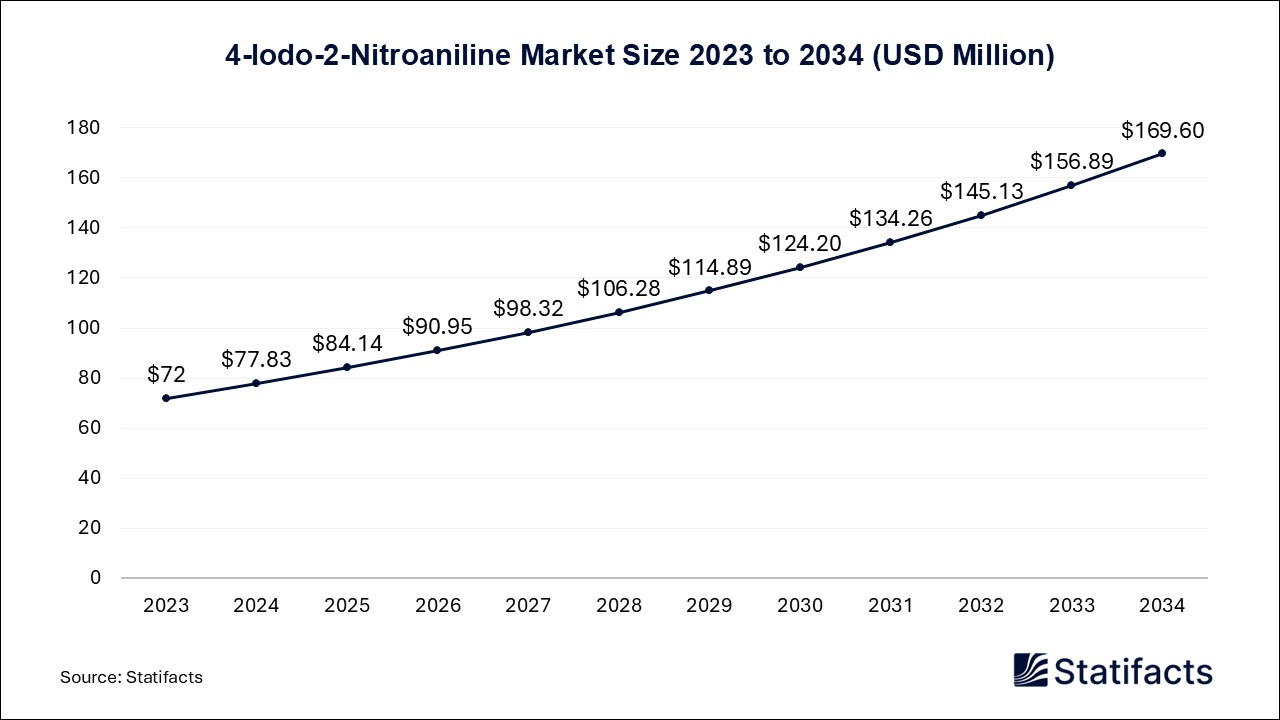Last Updated: 23 Jul 2025
Source: Statifacts
By clicking “Accept All Cookies” you agree to the storing of cookies on your device to enhance site navigation, analyze site usage, and assist in our marketing efforts.
Privacy PolicyUS Natural Mycotoxin Binders and Modifiers Market (By Source: Plant Extracts, Microbial Fermentation Products) Industry Size, Share, Growth, Trends 2025 to 2034.
The global US natural mycotoxin binders and modifiers market size was calculated at USD 573.34 million in 2024 and is predicted to attain around USD 881.65 million by 2034, expanding at a CAGR of 4.39%from 2025 to 2034.
| Industry Worth | Details |
| Market Size in 2025 | USD 596.67 Million |
| Market Size by 2034 | USD 881.65 Million |
| Market Growth Rate from 2025 to 2034 | CAGR of 4.39% |
The U.S. natural mycotoxin binders and modifiers market deals with feed additives designed to absorb, neutralize, or enzymatically degrade harmful fungal toxins before they enter the animal’s bloodstream. Applied across livestock sectors, popularity swine, ruminants, aquaculture, and pet food, these products improve feed safety, livestock health, and productive. With demand driven by rigorous FDA regulations, rising consumer preferences for clean label and non-GMO animal products, and advanced in enzymatic detoxification technologies, this segment serves as a key pillar in the broader feed additives market.
Artificial intelligence is playing an increasingly vital role in the U.S. feed mycotoxin binders and modifiers market by revolutionizing detection, prediction, and intervention strategies. AI-driven predictive models now analyze real-time environmental data such as temperature, humidity, and historical contamination patterns to forecast potential mycotoxin outbreaks before they occur, enabling feed producers to implement preventive screening tools, such as sensor-enabled systems, to accurately and efficiently detect the presence of mycotoxins in feed streams. These AI advancements empower smart design of binders or modifiers, reducing waste and improving overall feed safety. As a result, AI is transforming traditional feed additive practices into proactive, data-driven, precision-driven mycotoxin management.
USDA’s National Center for Agricultural Utilization Research in Peoria employs AI and machine learning tools to dissect complex molecular interactions during Fusarium infections in corn and wheat. These predictive models enable timely intervention strategies, such as targeted application of binders and enzymatic modifiers, reducing mycotoxin contamination in feed supplies before they reach harmful levels.
ARS estimates that mycotoxins impact roughly 25% of global crops and cost U.S. agriculture around $1 billion annually. This high economic burden incentivizes the adoption of binders and modifiers to improve livestock performance.
Mycotoxin binders used in animal feed are considered: food additives” under the U.S. Federal Food, Drug, and Cosmetic Act, requiring Act, requiring formal Food Additive Petitions before making binding claims. The FDA does not recognize common anticaking agents as “generally recognized as safe” (GRAS) for mycotoxin binding without such petitions. This regulatory burden slows product approvals, increases compliance costs, and limits the speed at which new binders can enter the market.
USDA ARS scientists highlight that shifting weather patterns and suboptimal grain storage conditions exacerbate corn in poultry diets. The unpredictability of these contamination spikes complicates the timely and accurate application of binders and modifiers. Variability in toxin levels can lead to under- or overdosing, reducing efficacy and potentially increasing costs and feed safety risks.
Ongoing USDA-ARS research is exploring novel adsorbent materials like pine biochars and activated coconut charcoal that demonstrate high binding capacity against aflatoxin B1, ochratoxin A, and zearalenone in simulated stomach conditions. These advances offer the potential for effective, sustainable detoxification of feed in real-world settings, providing a scalable, eco-friendly alternative to conventional binders.
Integrated active intelligent packaging technologies such as moisture regulators, antimicrobial nano-films, biosensors, and RFID trackers are being adapted for feed supply chains. These innovations can prevent mold growth, monitor storage conditions, and enable proactive feed safety management from farm to feeder. Adoption of smart packaging solutions presents a major growth frontier for the market.
By source, the plant extracts segment dominated the U.S market in 2024 due to its potent antioxidant and antifungal properties. Essential oils and phenolic compounds such as oregano, mint, garlic, and basil have demonstrated the ability to inhibit fungal growth and reduce toxin production in cereals under storage-like conditions. These natural compounds, approved for use in food and feed, are increasingly favoured for their dual function: they not only adsorb mycotoxins but also suppress fungal proliferation. As a result, plant extract binders are emerging as a reliable, consumer-friendly, and sustainable choice across poultry, swine, and ruminant feeds.
Organic compound derivatives are set to experience the fastest growth between 2025 and 2034. USDA ARS computational models are enabling the discovery of efficient natural antifungal phenolic compounds, such as thymol, carvone, and ferulic acid, with high activity against mycotoxin-producing fungi. These bioactive phytochemicals offer precision targeting of multiple mycotoxin pathways and can be sourced sustainably as by-products of agro-industrial processing, fuelling rapid market uptake as safer, non-GMO feed additives.
By source, the microbial fermentation segment saw highly notable growth in the U.S. market for their dual functional role: not only do they bind toxins non-specifically via cell walls, but many also enzymatically biodegrade mycotoxins like aflatoxin, CON, and ZEN. Species such as Saccharomyces cerevisiae and lactic acid bacteria have proven efficacy in reducing toxin concentration and supporting gut health under real feed conditions. Moreover, ARS and international research show that specific yeasts and bacteria can degrade mycotoxins by over 70%-90%, providing targeted remediation that preserves nutritional value without chemical residues.
The market is highly fragmented, featuring numerous specialized agrotech firms, feed additive manufacturers, and biotech startups competing on innovation and formulation efficacy.
Kemin offers mineral and synthetic binders, enzymatic modifiers, and mold inhibitors tailored for livestock feed. The company focuses on investing in precision dosing solutions and AI-improved binder efficacy analysis via modelling farms to reduce mycotoxin exposure.
DSM-Firmenich developed a patented blend of esters and organic acids that both inhibit mold growth and bind toxins in feed. The company focuses on exploring symbiotic binder-fermentation platforms to convert mycotoxins into non-toxic metabolites.
Novus International offers inoculants, extract-based binders, enzyme blends, oxidative stabilizers, and probiotic modifiers. Introduced IDAL bioactive yeast to improve gut safety and toxin inhibition; co-developed biodegrading enzyme synergy with universities. The company offers to partner with ARS to integrate yeast cell wall polysaccharides with enzymes that degrade multiple mycotoxin variants.
| Segments | Shares (%) |
| Plant Extracts | 58% |
| Microbial Fermentation Products | 42% |
Published by Rohan Patil
| Sourse | 2024 | 2025 | 2026 | 2027 | 2028 | 2029 | 2030 | 2031 | 2032 | 2033 | 2034 |
|---|---|---|---|---|---|---|---|---|---|---|---|
| Plant Extracts | 332.54 | 350.13 | 368.62 | 388.07 | 408.51 | 429.99 | 452.58 | 476.32 | 501.27 | 527.50 | 555.06 |
| Microbial Fermentation Products | 240.80 | 248.38 | 256.16 | 264.15 | 272.34 | 280.74 | 289.35 | 298.18 | 307.23 | 316.50 | 325.99 |
Last Updated: 23 Jul 2025
Source: Statifacts
| Subsegment | 2024 | 2025 | 2026 | 2027 | 2028 | 2029 | 2030 | 2031 | 2032 | 2033 | 2034 |
|---|---|---|---|---|---|---|---|---|---|---|---|
| Plant Extracts | 332.54 | 350.13 | 368.62 | 388.07 | 408.51 | 429.99 | 452.58 | 476.32 | 501.27 | 527.50 | 555.06 |
| Microbial Fermentation Products | 240.80 | 248.38 | 256.16 | 264.15 | 272.34 | 280.74 | 289.35 | 298.18 | 307.23 | 316.50 | 325.99 |
Demand is fueled by mounting concerns over feed safety, stringent U.S. food and animal welfare regulations, and the need to maintain product quality in long grain supply chains. This push is particularly strong in large-scale grain and livestock production systems.
Plant extracts like turmeric and garlic, along with microbial fermentation derivatives (e.g., yeast cell walls and probiotics), are the fastest-growing natural options. These solutions deliver combined antioxidant, antifungal and enzymatic detoxification effects.
Tightening standards on permissible mycotoxin levels in feed products and increased transparency and compliance requirements are driving industry players toward more effective, validated natural solutions.
Key challenges include higher costs and inconsistent supply of natural binders, challenges in validating efficacy across diverse toxin types, and competition from inorganic clay binders widely seen as more cost-efficient.
Opportunities include enzyme-enhanced formulations, integrated feed safety bundles (combining sensors and dosing tools), and research partnerships that deliver next-gen microbial modifiers with broader toxin coverage and improved gut health outcomes.
To get full access to our Market Insights, you need a Professional Account or a Business Suite.

You will receive an email from our Business Development Manager. Please be sure to check your SPAM/JUNK folder too.

You will receive an email from our Business Development Manager. Please be sure to check your SPAM/JUNK folder too.

Our customers work more efficiently and benefit from



